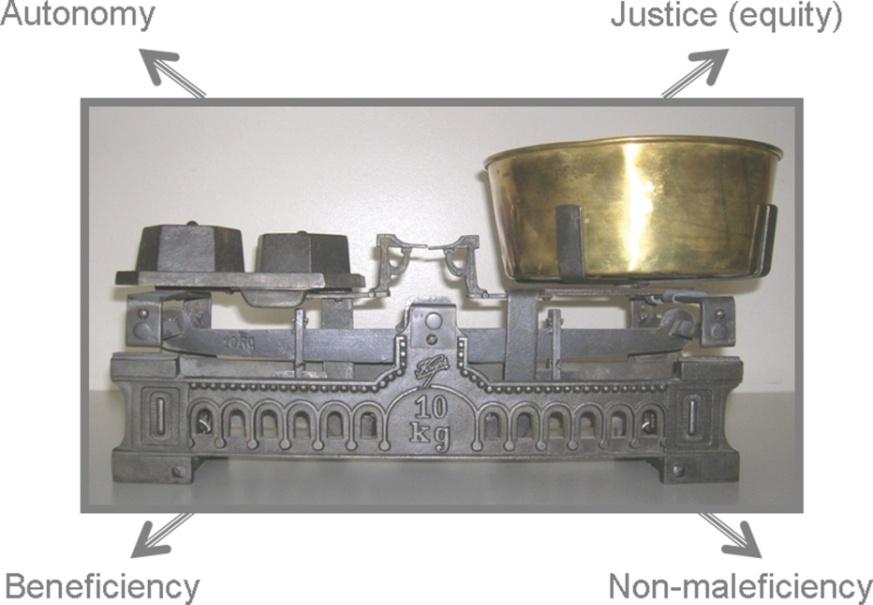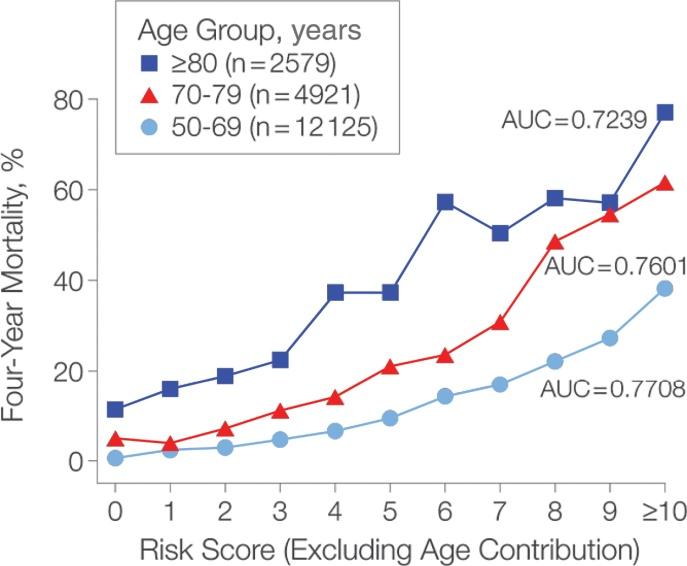
1 minute read
Conclusions
In most patients, comorbidities alone do not justify confining indications of radiotherapy. After correction for physiological and biological risk factors, a large proportion of elderly patients can still have access to radiation comparable to that in younger ones. However, these considerations are valid for the elderly with adequate PS only and, unfortunately, little evidence based on clinical trials and prospective data sets is available to date. Moreover, often at the time of diagnosis, comorbidities are insufficiently controlled. Proper management of comorbidities prior to treatment decisions may allow a full-dose radiotherapy delivery even with more aggressive concurrent chemoradiotherapy protocols or application of higher radiation doses alone.
Unfortunately, older patients are less frequently intensively investigated with regard to pulmonary, cardiopulmonary, or vital organ reserve. As a consequence, they may receive less aggressive therapy based on a general assumption that they have a higher vulnerability to treatment, less tolerance to intensive protocols and a presumed limited life expectancy.
Advertisement
Another selection criterion for specific patients in everyday clinical practice may be the overall treatment time of radiotherapy. Importantly, some neurological comorbidities like Parkinson’s disease or senile dementia can prevent patients from maintaining a reproducible position during treatment over several days. This may significantly hamper radiotherapy compliance and tolerance. Furthermore, the distance between the patient’s home and treatment site can be a selection criterion, which may make outpatient treatment difficult. Access to local hosting/housing facilities during treatment periods may be unaffordable or even completely unavailable for older patients.
Historically, elderly cancer patients were considered to tolerate aggressive radiation protocols less well based on increased toxicities observed in early clinical trials. Recent improvements in radiotherapy techniques and delivery, have significantly reduced side effects. There is currently no clear evidence for treating elderly patients generally different from younger ones.
The available data on normal tissue tolerance to radiotherapy in the elderly strongly suggest that those with good functional or PS can tolerate modern schedules comparably to younger ones. As a consequence, more intensive radiotherapy techniques with curative intent should not be withheld from patients based on their numerical age alone.
However, in the individual patient, clinically significant comorbidities may sometimes hamper intensive treatment protocols and lead to decisions for more palliative and less aggressive approaches.





